To make this an official, Thought Of The Deity, Goddess Post, here are some pictures of Ostara: Hail Ostara!
| Artist, Helena Nelson Reed |
Today, rather than focus on a goddess, I'm going to talk about Easter Witches, a yearly Scandinavian ritual. Easter in Finland and Sweden combines Christian and Pagan traditions as it welcomes spring. In both countries Easter is primarily a secular tradition even though it is sandwiched between honored religious holidays, Good Friday and Easter Sunday.
“ This Finnish children's custom interestingly mixes two older traditions - a Russian Orthodox ritual where birch twigs originally represented the palms laid down when Jesus entered Jerusalem on Palm Sunday; and a Swedish and Western Finnish tradition in which children made fun of earlier fears that evil witches could be about on Easter Sunday.”
-Reeli Karmaki, Pessi Children's art center in Vantaa
Bringing nature indoors and welcoming spring is also achieved by planting small dishes of grass, placing decorated Easter eggs on the grass along with other decorative items like little bunnies and chicks. Cheery yellow daffodils are also placed about. Another remnant of superstitions of driving evil spirits away, is the lighting of bonfires on Holy Saturday. This is also supposed to keep the mischievous witches away.
I love that many of the old postcards and art from this tradition show the witches of Easter carrying copper kettles and drinking coffee! In Sweden the tradition comes from the belief that before Easter all the witches would fly to Blakulla (blue mountain), a German mountain to cavort with Satan. Swedes and Finns both light bonfires to drive away the witches returning from their party. Baskets and bouquets of Daffodils, called Easter Lilies in Sweden, are also a hit at Easter and are sometimes decorated with chicks and bunnies. Tulips, paper Easter eggs and Easter candy are all common in homes. Birch twigs in vases and outdoor trees are decorated with colorful feathers, paper eggs and other Easter themed items. Paskmust is a popular easter cola.
Here are some of the wonderful Witchy Easter-time pictures I have found on the interwebs:
Further Reading:
- www.gofinland.fi/blog/easter-in-finland
- https://mysuomifinland.wordpress.com/2015/03/2/7easter-markets-in-Finland
- https://finland.fi/life-society/wandering-witches-welcome.finnish-easter
- www.helsinkitines.fi/lifestyle/5862-christ-witches-and-bunnies-a-journey-through-tge-finnish-easter-traditions
- https://fillingmymap.com/2015/04/05/a-finnish-easter-with-bonfires-mammi-mignon-eggs-and-more
- https://yle.fi/uutiset/osasto/news/easter_witches_make_the_rounds_as_part_of_age-old_finnish_custom/1013263
- http://www.nomadepicureans.com/europe/finland/easter-in-finland
- https://herfinland.com/finnish-easter-traditions/
SWEDEN:
- https://www.littlepassports.com/blog/world-holidays/swedens-easter-witches
- https://somethingswedish.wordpress.com/2012/04/1/2/swedish-easter
- https://sweden.se/culturaltraditions/easter/
- https://www.thelocal.se.20160326/six-super-swedish-family-easter-traditions
- www.swedishfreak.com/holiday/easter/
EASTER WITCHES:
- https://content.time.com/time/specials/packages/article/0,28804,1889922_189008_1889922,00.htm
- https://witchawarenessmonth.wordpress.com/2013/03/28/blakulla
- https://www.collectorsweekly.com/articles/happy-easter-here-come-the-witches/
- www.dlc.fi/~marian1/gourmet/pasha_3.ht
- https://sweden.se/culturaltraditions/easter/
- https://www.thelocal.se.20160326/six-super-swedish-family-easter-traditions
- www.swedishfreak.com/holiday/easter/
ART:
PEEPS:
BOOKS:
- https://relentlessreading.com/2014/12/27/retro-review-behold-the-man-by-michael-moorcock/
- https://www.sfsite.com/~silverag/disch.html
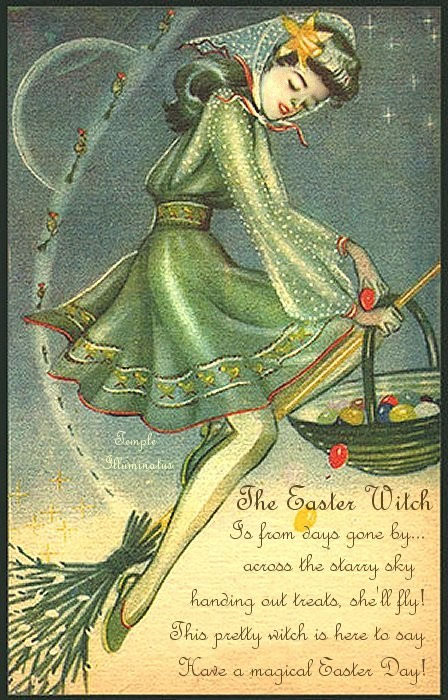
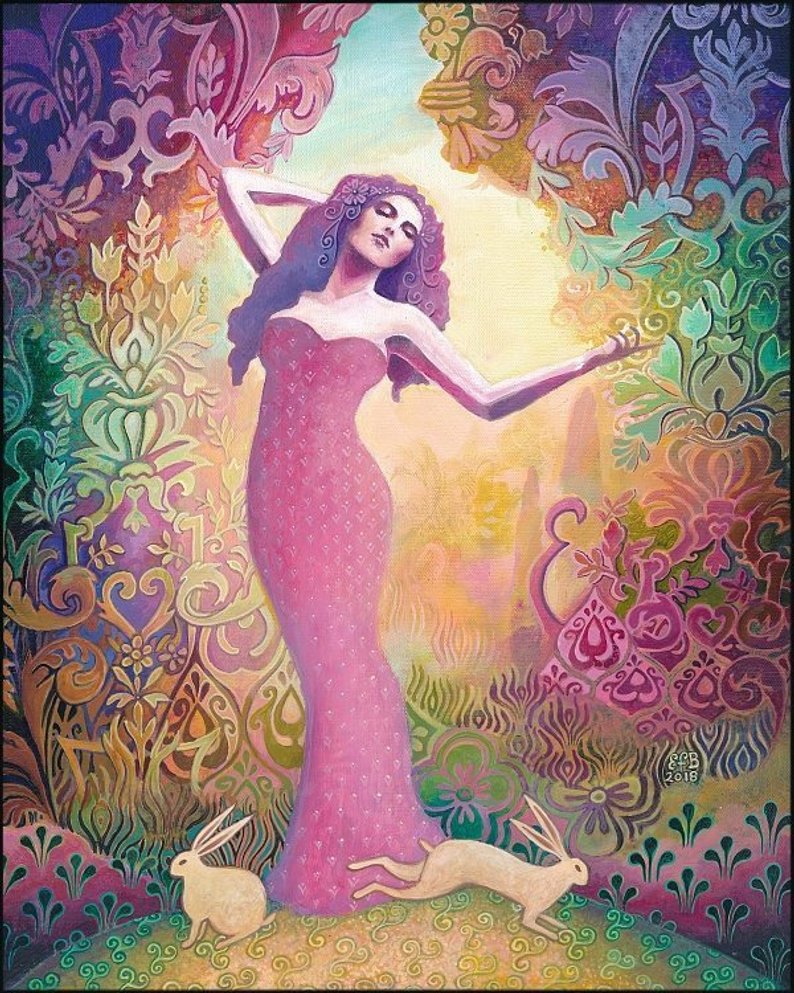
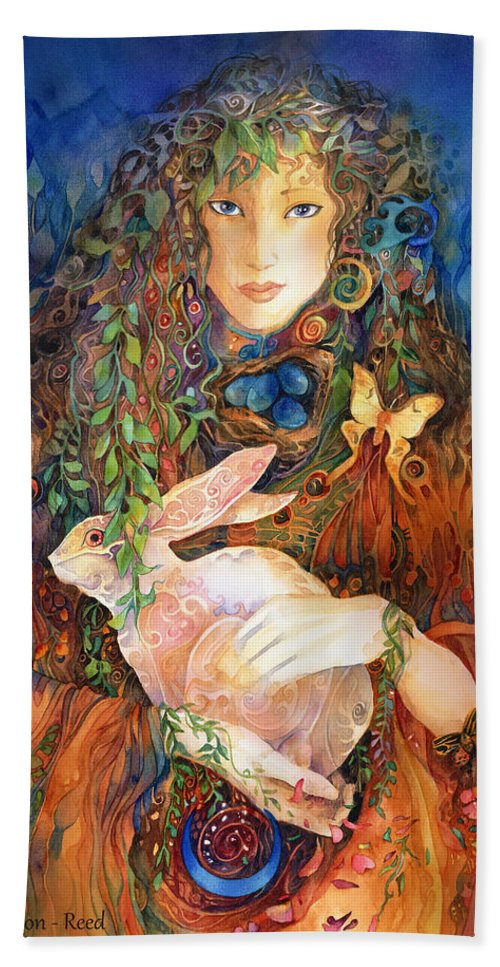
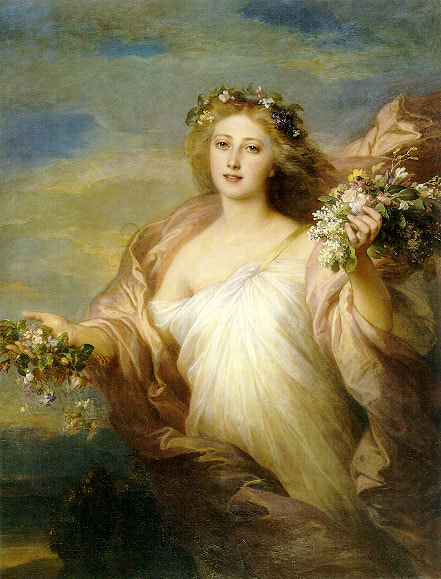


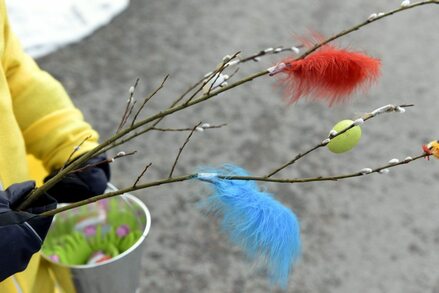
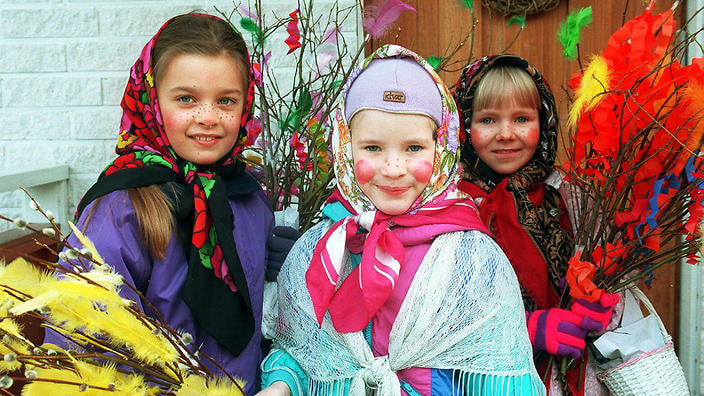
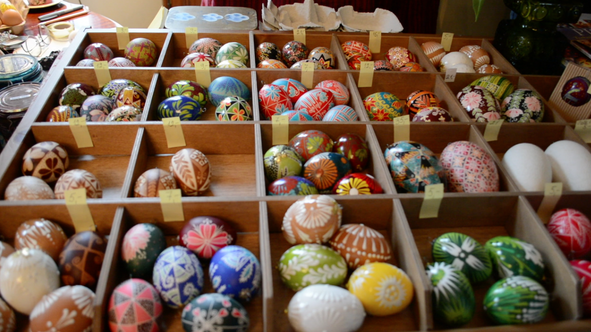
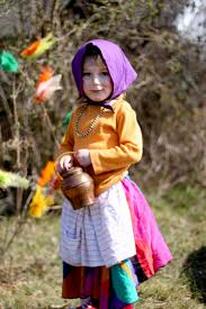
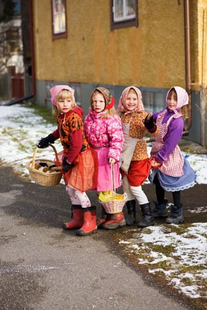
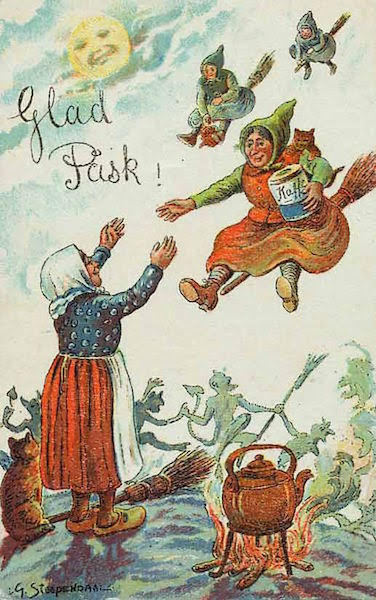
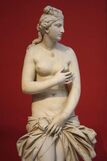
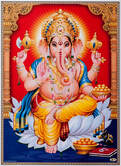
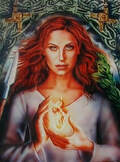
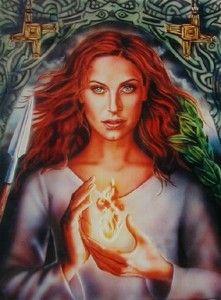
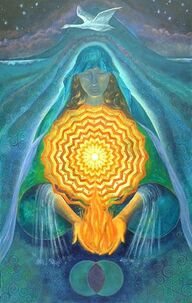
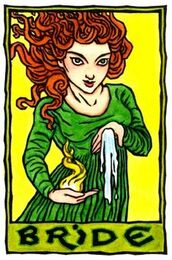
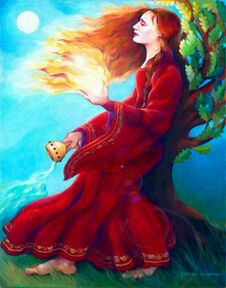
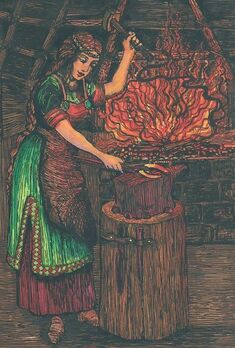
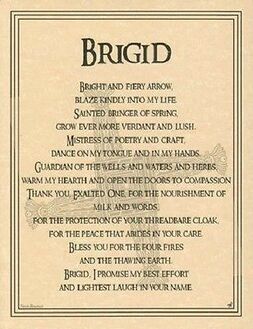
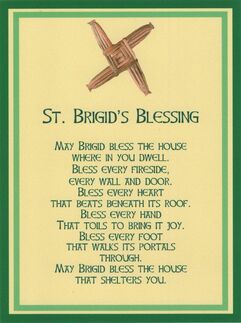
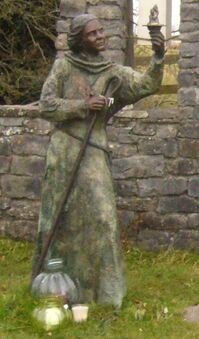

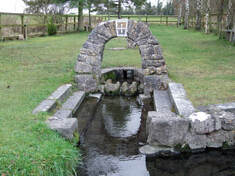
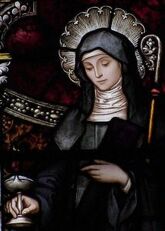

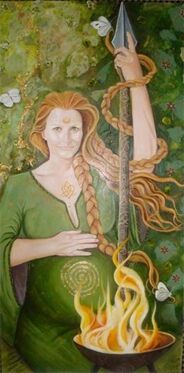
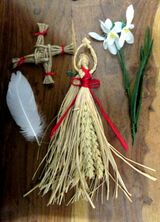
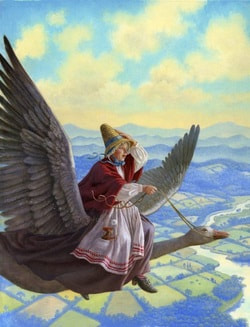
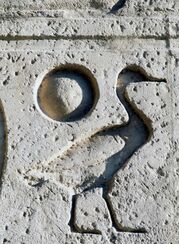
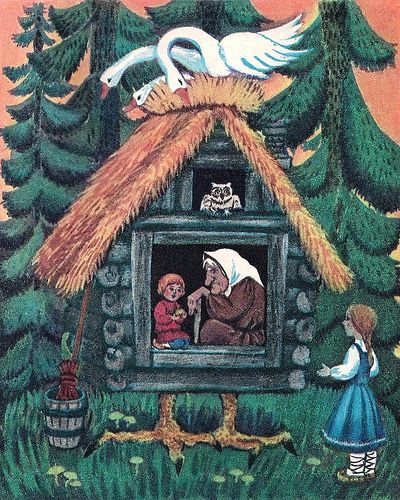
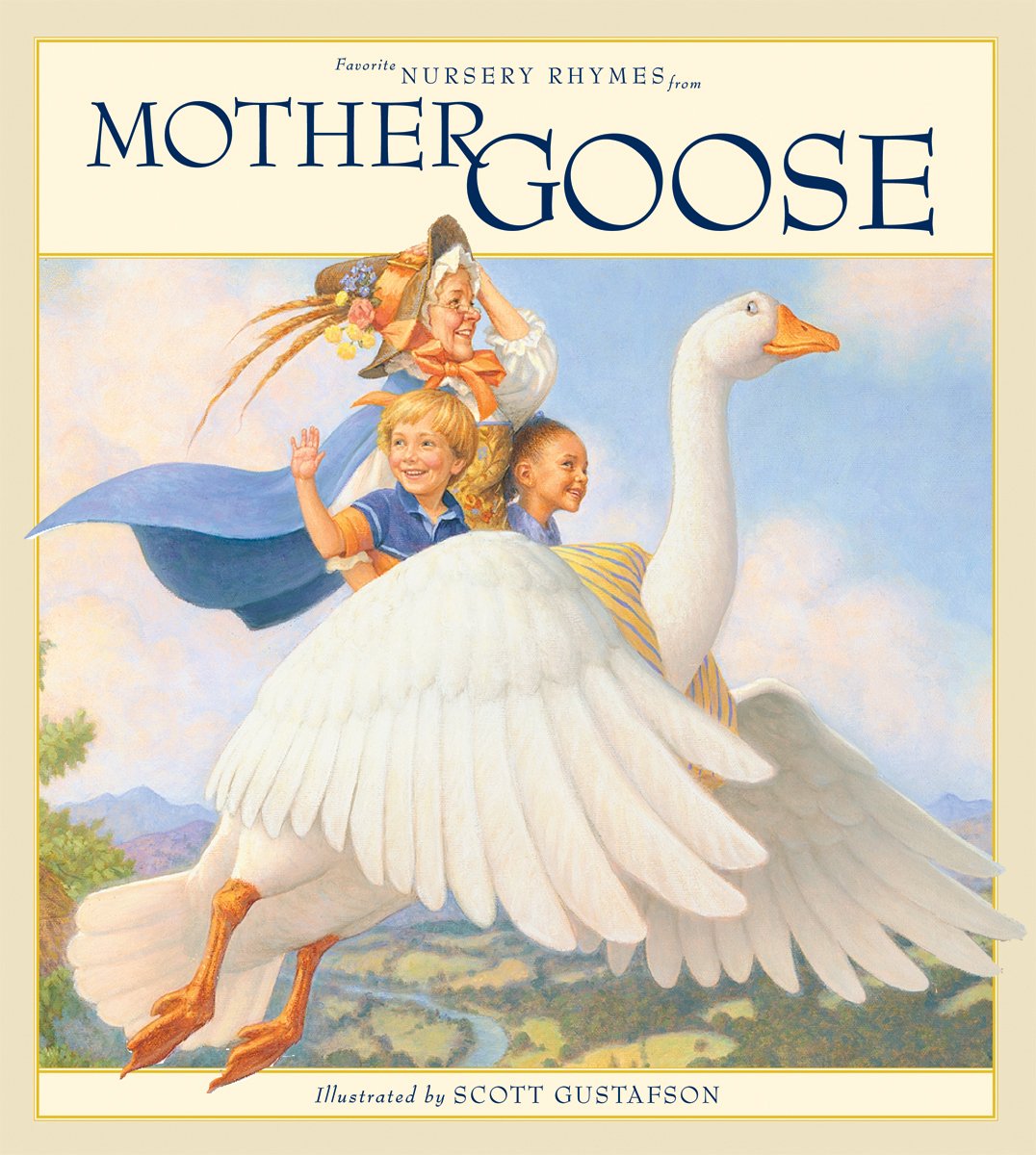
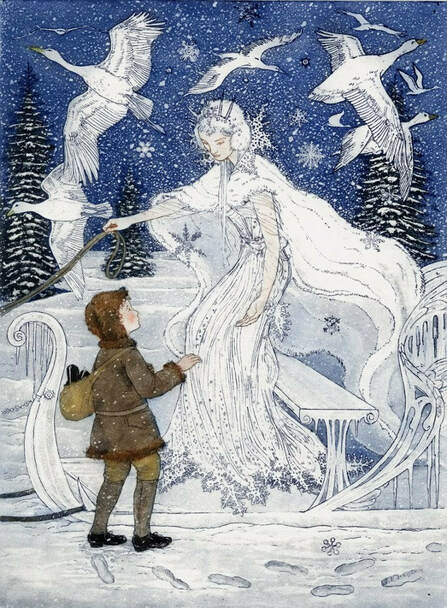

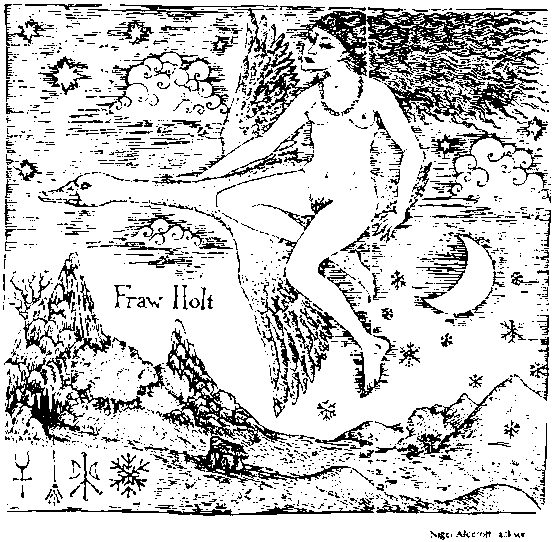
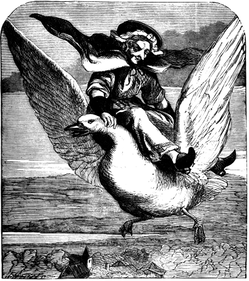
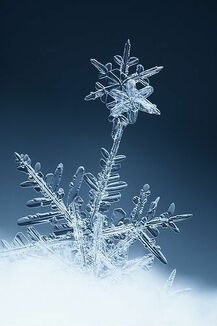
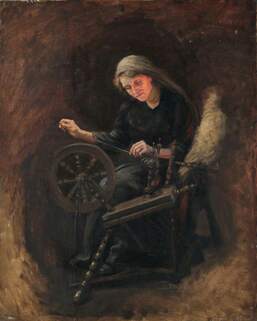
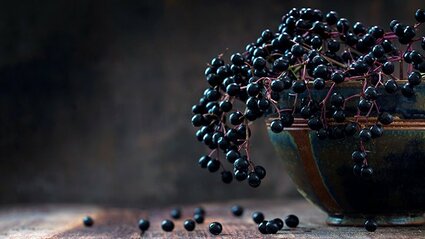
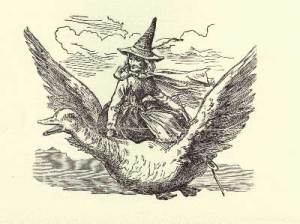
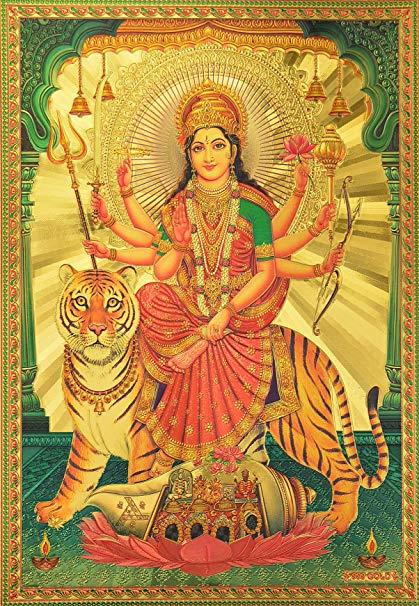
 RSS Feed
RSS Feed
